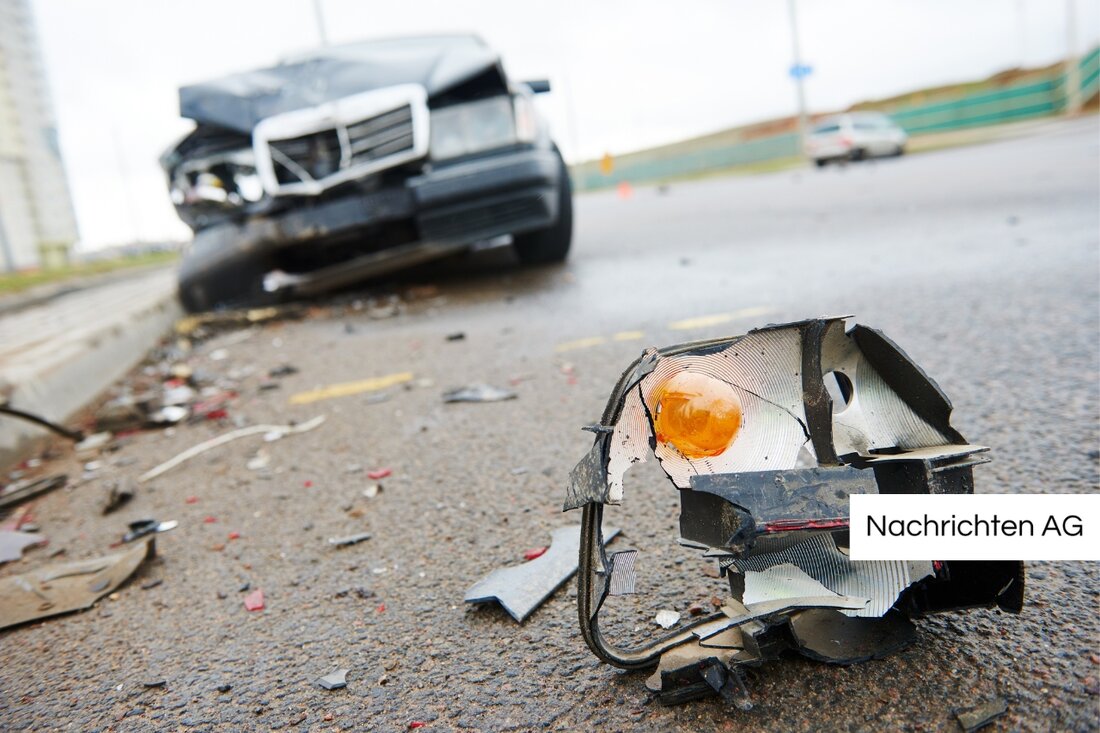Cyclist dies after accident: tragedy in Laa an der Thaya!
A 71-year-old cyclist died after a tragic accident in Lower Austria. Studies show that helmets are a lifesaver.

Cyclist dies after accident: tragedy in Laa an der Thaya!
On June 26, 2025, a tragic accident occurred in Lower Austria in which a 71-year-old cyclist from the Mistelbach district died. The incident happened around 8:50 a.m. on state road 3076 in the open area of Laa an der Thaya. The cyclist, who was wearing a helmet at the time, overlooked a car parked on the right side of the road and hit it head-on, throwing him off his bike and seriously injuring him. Despite the quick response of the emergency doctor from the Christophorus 9 rescue helicopter, only the cyclist's death could be determined. The police have started investigating the accident.
Bicycle accidents like this shine a light on the urgency of keeping cyclists safe, especially older people, who often suffer more serious injuries. According to an analysis of accidents in Germany, only 16 percent of injured cyclists wore a helmet. In the 117 fatal accidents that were investigated, only six cyclists wore a helmet - a worrying finding that is all the more critical since over 50 percent of the cyclists killed suffered from traumatic brain injury, as data from ich-trag-helm.de shows.
The importance of the bicycle helmet
The protective effect of bicycle helmets is undisputed. Dr. Barbara Schmidt of Friedrich Schiller University strongly recommends wearing helmets in traffic, and studies show that wearing a helmet can reduce head injuries by 20 to 80 percent. The increase in accidents among Pedelec users is particularly alarming, increasing from 5,100 in 2017 to 10,600 in 2019. The data also shows that many older cyclists often require hospitalization, further highlighting the need for safety measures.
A helmet wearing rate of almost 32 percent in Germany in 2021 represents a high, although there is a decline among younger cyclists. While 78 percent of 6 to 10 year olds regularly wear a helmet, the rate among 11 to 16 year olds has fallen from 54 percent to 38 percent. Dr. Christopher Spering from the DGOU emphasizes that too few adults wear helmets, which is alarming given the accident data.
Causes of accidents and infrastructure
Causes of accidents are often complex, with approximately 75.3 percent of accidents involving cars. Particularly in cities with well-developed infrastructure, such as in the Netherlands, cyclists feel safe and often do not perceive wearing helmets as necessary. The helmet wearing rate in Amsterdam is only 1.1 percent, while in Copenhagen 19.9 percent of cyclists use a helmet. Extensive campaigns to increase security are also being carried out there. The DEKRA study also finds that non-legislative interventions, such as campaigns close to home, are more effective than legal regulations.
In Germany, where there is no obligation to wear helmets and there is great mistrust of helmet requirements, increased public relations could be the key to increasing helmet wearing rates and thus improving the safety of cyclists. Only through consistent education and awareness-raising can awareness of the need for helmets increase and the risk of serious injuries in accidents be noticeably reduced.
The 71-year-old cyclist's tragedy reminds us of the urgent need for safety precautions on our roads. To minimize the risk of accidents and serious injuries, the helmet remains an essential safety tool for all cyclists.

 Suche
Suche
 Mein Konto
Mein Konto
